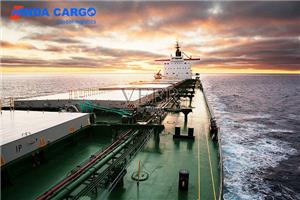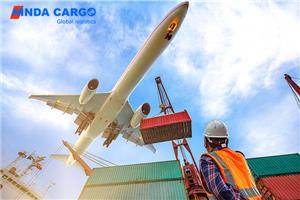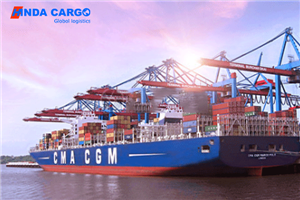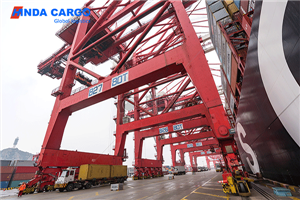What are the key points of packaging and labeling in sea and air freight?
In ocean freight shipping and air freight, the packaging and labeling of goods are crucial and are directly related to the safety and smoothness of transportation. The following are the key points of packaging and labeling in ocean freight shipping and air freight.
Key points of packaging and labeling in ocean freight shipping
1. Seawater corrosion resistant packaging:
Due to the humid environment of ocean freight shipping, the packaging must be able to resist seawater corrosion. Use waterproof and moisture-proof packaging materials to ensure that the goods are not affected by moisture during sea transportation.
2. Adapt to long-term transportation:
Ocean freight shipping usually takes a long time, and the packaging must be durable enough to withstand various conditions that may be encountered during long-distance ocean transportation, such as climate change, waves, etc.
3. Reasonable sorting and packing:
The goods may be sorted and transferred multiple times on the ship, and the packaging must be sorted properly to ensure that the goods are not damaged during the sorting, loading and unloading process.
4. Clearly identify:
Each package and cargo should have clear and unambiguous identification, including consignor and consignor information, destination information, cargo characteristics, etc. This facilitates accurate handling and delivery of goods once they reach their destination.
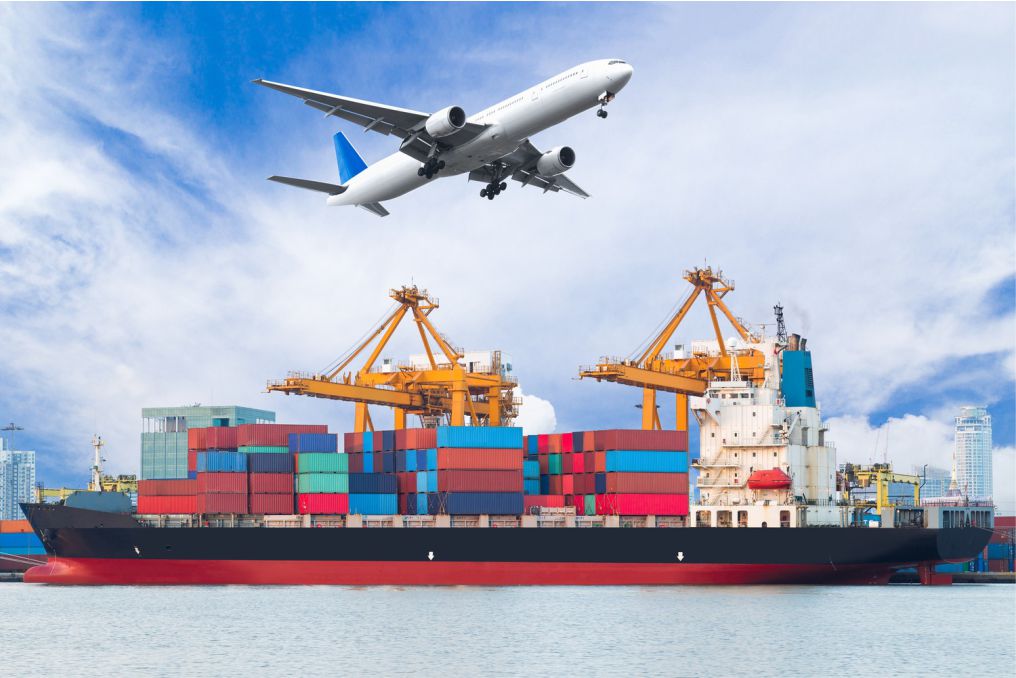
Key points of packaging and labeling in air freight
1. Lightweight and high-strength packaging:
Due to the special nature of air freight, packaging needs to be lightweight and high-strength to reduce the weight of the goods and protect them from damage.
2. Comply with airline regulations:
Packaging must comply with airline regulations and requirements. Different airlines may have different packaging standards, and cargo owners should understand and meet relevant requirements in advance.
3. Easy to handle and stack:
Packaging should facilitate handling and stacking at cargo hubs, airline warehouses, etc. This helps improve transportation efficiency and reduce the risk of goods being detained in air freight.
4. Clear identification:
Similar to ocean freight shipping, air freight goods also need to be clearly marked. The identification should include flight information, destination information, important characteristics of the cargo, etc. to ensure that the cargo can be processed accurately and quickly.
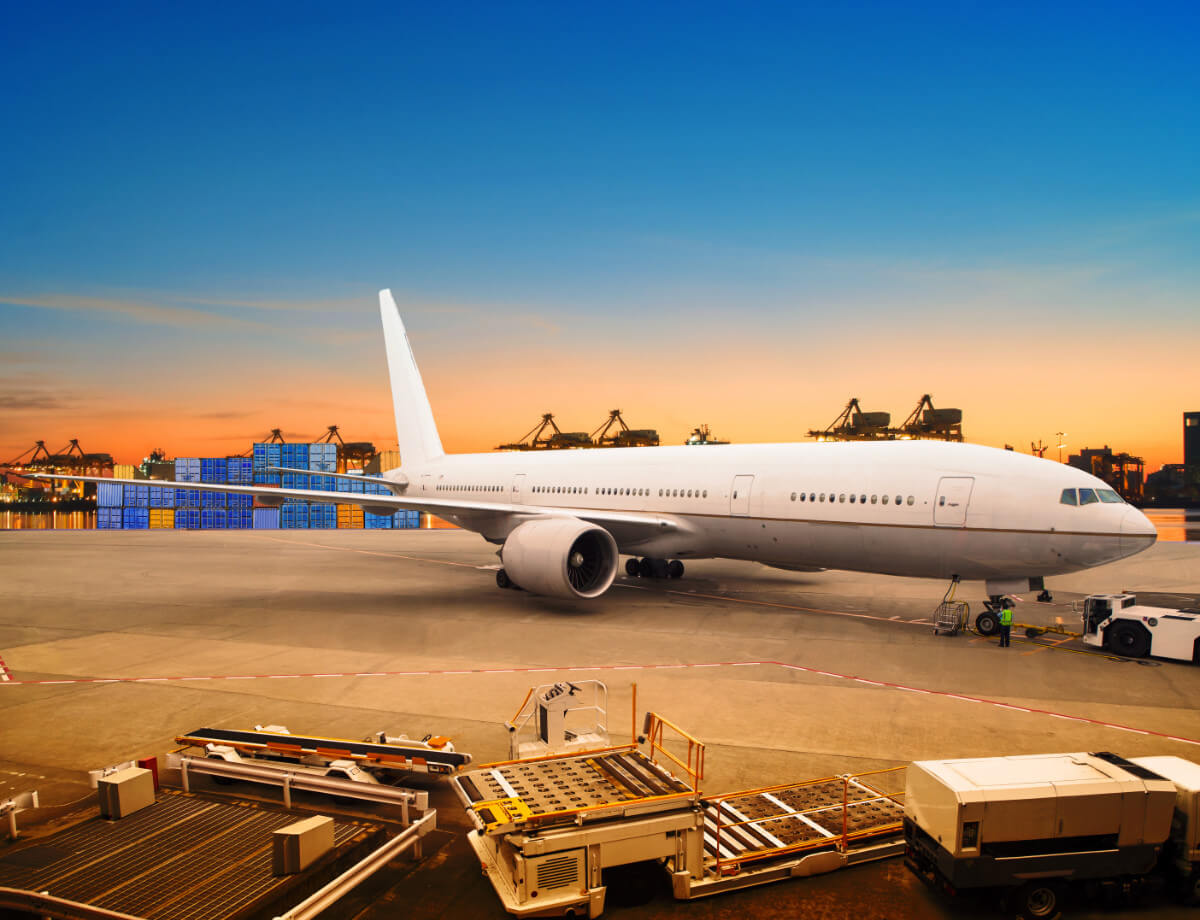
Common packaging and labeling points
1. Compliance Marking:
Packaging and labeling must comply with international transportation regulations and standards to ensure that the goods can meet the import requirements of the destination country.
2. Avoid excessive packaging:
Although packaging is important, excessive packaging should also be avoided to reduce costs and environmental burden.
3. Protective packaging:
Packaging should provide sufficient protection to prevent the goods from being affected by external forces such as collision, squeezing or vibration during transportation.
4. Goods list and description:
Attach a clear cargo list and description to the packaging to ensure that the type and quantity of goods can be clearly identified during transportation.
Through reasonable packaging and clear identification, goods in ocean freight shipping and air freight can be transported to their destinations more safely and efficiently. Shippers should fully consider the characteristics and requirements of the transportation method when selecting packaging materials and marking methods.

